
Ingredient
Dairy snacks
Creamy Delights: Exploring the World of Dairy Snacks
Dairy snacks are characterized by their creamy texture, luscious taste, and smooth mouthfeel. They come in various forms, such as yogurts, cheeses, ice creams, puddings, and more. These snacks are made from milk or milk-derived products, which undergo different processes like fermentation, curdling, or freezing to achieve their unique textures and flavors. Dairy snacks are loved for their rich and satisfying qualities, making them a popular choice for both children and adults alike.
Origins and history
The consumption of dairy products dates back thousands of years, with evidence of milk consumption found in ancient civilizations like Mesopotamia and Egypt. Dairy snacks have been an integral part of many cultures, providing a valuable source of nutrition and sustenance. Over time, various techniques were developed to preserve and transform milk into different forms, leading to the creation of a wide array of dairy snacks enjoyed worldwide today.
Nutritional information
Dairy snacks are a good source of essential nutrients such as calcium, protein, vitamins (such as vitamin D and B12), and minerals. However, they can also be high in saturated fats and calories, so moderation is key.
Allergens
Dairy snacks may contain allergens such as lactose and casein, which can cause adverse reactions in individuals with lactose intolerance or milk allergies.
How to select
When selecting dairy snacks, look for products with fresh and unspoiled packaging. Check for expiration dates and ensure that the packaging is intact. For cheeses, opt for those with a pleasant aroma and without any signs of mold or discoloration. For yogurts and ice creams, choose brands that use high-quality ingredients and have a smooth and creamy texture.
Storage recommendations
Dairy snacks should be stored in the refrigerator at temperatures below 40°F (4°C) to maintain their freshness and quality. Properly sealed containers or packaging will help prevent the absorption of odors from other foods.
How to produce
While producing dairy snacks on a commercial scale requires specialized equipment and knowledge, amateur enthusiasts can make simple dairy snacks like yogurt or cheese at home using starter cultures and basic kitchen tools.
Preparation tips
Dairy snacks can be enjoyed as they are or incorporated into a variety of dishes. Yogurts can be topped with fruits, granola, or honey for a nutritious breakfast or snack. Cheeses can be used in sandwiches, salads, or melted into sauces. Ice creams and puddings can be enjoyed on their own or used as a base for desserts. When cooking with dairy snacks, it's important to avoid high heat to prevent curdling or separation.
Culinary uses
Dairy snacks are widely used in both sweet and savory dishes. Yogurts can be used as a base for smoothies, salad dressings, or marinades. Cheeses can be melted into pasta dishes, grated over pizzas, or enjoyed on a cheeseboard. Ice creams and puddings are popular desserts on their own or can be used to create milkshakes, sundaes, or parfaits.
Availability
Dairy snacks are commonly available in grocery stores, supermarkets, and specialty food stores worldwide.
More ingredients from this category

Buttermilk
The Creamy Elixir
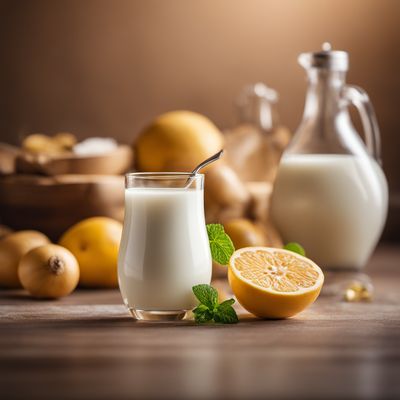
Milk
The Nourishing Elixir of Life

Whey
Protein Powerhouse
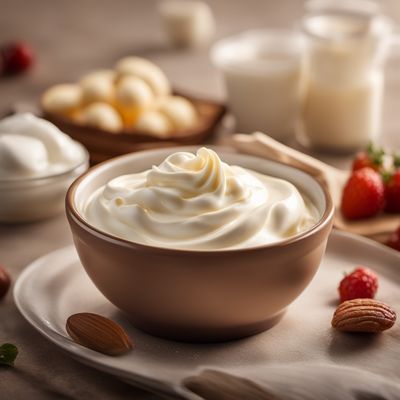
Cream and cream products
The Creamy Delight: Unveiling the Versatility of Cream and Cream Products

Flavoured milks
Delightful Fusion of Taste and Nutrition
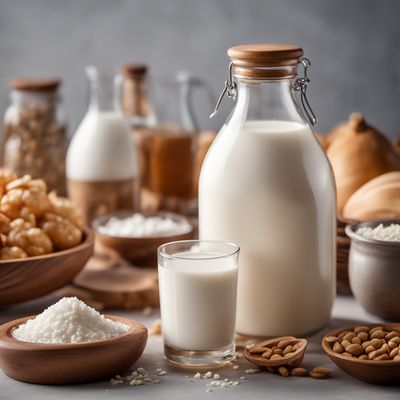
Fermented milk products
The Tangy Transformation: Unveiling the World of Fermented Milk Delights
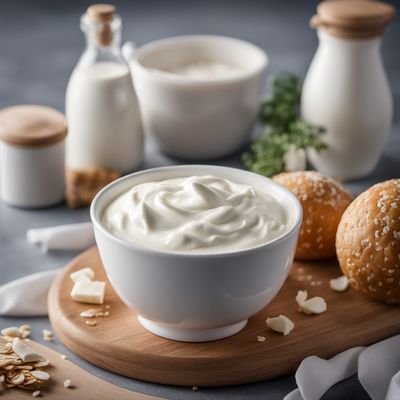
Sour cream products
The Creamy Delight: Unveiling the Versatility of Sour Cream

Milk and dairy powders and concentrates
The Creamy Essence of Culinary Excellence
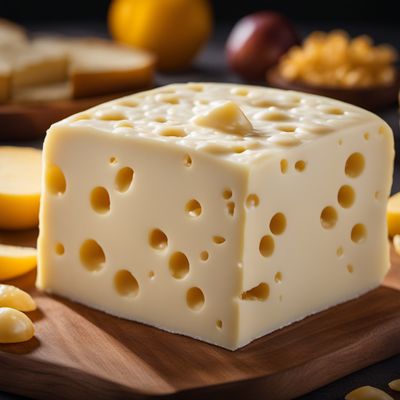
Cheese
The Dairy Delight

Baked milk and similar
The Creamy Delight: Baked Milk and Similar
